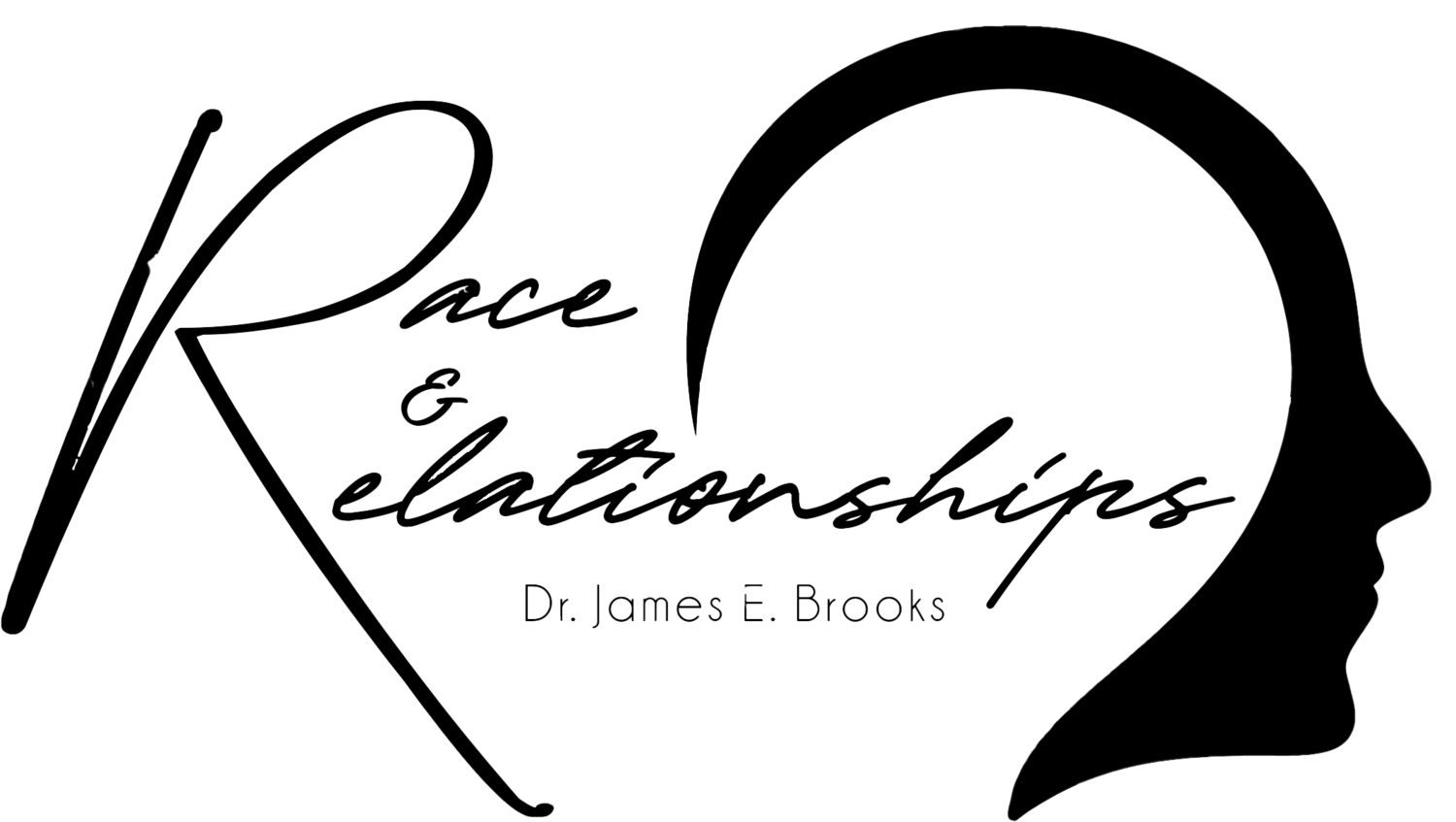Beyond the Census: How Multiracial Women Define Interracial Love
What is the Issue?
The US census terms an interracial relationship simply as having a partner of “different race or Hispanic origin,” but is it really that simple? While researchers have made significant contributions to understanding the experiences of interracial couples and families, there is limited research as to why certain relationships count as interracial and the implications of those definitions. It is especially limited as it pertains to multiracial individuals.
What is the Purpose of this Investigation?
The purpose of this investigation is to determine how multiracial women daters categorize their relationships as interracial or not. Further, Buggs sought to understand what multiracial women constitute as an interracial relationship and what circumstances influence their definitions. Her investigation was guided by the following questions:
1) How are multiracial women in the Southwestern Unites States defining what counts as an interracial relationship?
2) How do they come to their definitions?
To answer these questions, Buggs conducted in-depth interviews with 30 self-identified multiracial women who had profiles on the online dating site OkCupid. She contacted women who selected two or more racial options (Asian, Black, Hispanic/ Latin, Indian, Middle Eastern, Native American, Pacific Islander, White, and other).
What were the Results?
The results indicated that multiracial women frame racial boundaries based on three common factors:
1) Racial difference – different skin color and physical appearance
2) Culture – differences in cultural practices
3) Non-White familiarity – partner reminds her of a family member because they are from the same culture and/or class
Overall, most multiracial women defined interracial relationships based on racial differences, but many mentioned all three concepts. Many women also believed that all of their relationships are interracial unless their partner has the same racial combination. Interestingly, several women claimed that their ideal partner is one who has assimilated into U.S. culture and differs from their family culture. Further, nearly all of the women expressed a preference for White men, despite initially claiming to be “color blind.” Asian men and Black men were deemed as undesirable most often, with some women only desiring Black men for their sexual skill.
What are the Implications?
These results imply that multiracial women daters define interracial relationships based on racial, gendered, and fetishistic framings. Their dating preferences are dependent on physical appearance, cultural ties, and a desire for assimilation. Framing interracial relationships in these ways upholds racial and class hierarchies in the U.S.
Citation: Buggs, S. G. (2019). Color, Culture, or Cousin? Multiracial Americans and Framing Boundaries in Interracial Relationships. Journal of Marriage and Family, 81(5), 1221-1236. https://doi.org/10.1111/jomf.12583
